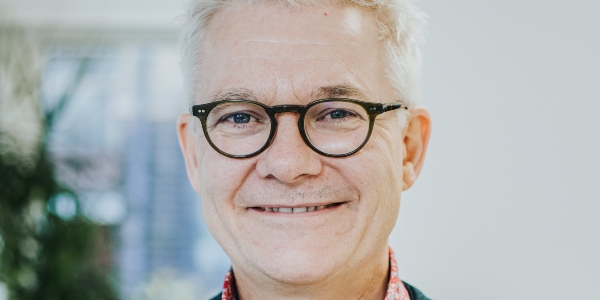
With the release of the NHS’ new diagnostic waiting list numbers, the SoR has urged once more for government to implement workplace reform in order to alleviate the pressures on radiographers.
Around 416,900 patients were waiting six weeks or more from referral for one of the 15 key diagnostic tests at the end of December 2023, according to the latest NHS England statistical data.
This was 26.8 per cent of the total number of patients waiting at the end of the month, and down from 65,000 the year before (4.5 percentage points).
There were 1,554,600 patients waiting for a key diagnostic test at the end of December 2023 in total, an increase of 14,100 from December 2022.
‘Disappointing but not surprising’
This means one in five patients – 19.7 per cent – is now waiting six or more weeks to be seen by a member of the radiography workforce, compared with 17.6 per cent in November.
Dean Rogers, director of industrial strategy for the SoR, said: “Over 400,000 people still waiting more than 6 weeks, more than ¼ of all those referred for a scan, is far too many. It is disappointing but not surprising. The Society of Radiographers has pointed out repeatedly that NHS waiting lists cannot be reduced without addressing the chronic shortage of radiography professionals in the workforce.”
In the NHsS Nine in 10 patients are supported by a radiographer. From X-rays to MRI and CT scans, ultrasounds to breast screening to radiotherapy for cancer, doctors and nurses cannot do their jobs without a team of radiographers, sonographers and radiography assistants.
‘The difference between life and death’
“Radiographers are central to addressing the ever-growing NHS waiting lists,” Mr. Rogers added. “Long waiting times mean that cases become more complex – and for some patients, even a two-week delay can mean the difference between life and death.
“And yet – even though the government has long forecast increasing demands on the service – not enough radiographers are joining or staying in the profession. A third of those patients waiting more than six weeks for a diagnostic test require non-obstetric ultrasound – and yet the sonography workforce has increased by only 2 per cent since the start of 2020.
“Lack of investment in the radiography workforce over the last two decades is the biggest reason why the UK’s waiting lists are significantly longer than in countries such as Germany and France – and why our health outcomes are worse than in most other leading economies. We need to make different and better political choices.”
‘People’s lives are at stake’
Mr. Rogers added that investment in technology would not be enough – it must be coupled with sufficient funding to recruit and retain radiography professionals.
Vacancy rates for diagnostic radiographers have risen from 12 per cent to 13 per cent in the last year.
“Our members talk about MRI scanners standing idle for all but one afternoon a week, because there aren’t enough radiographers to deliver patient care. Pay restoration for the radiography workforce must be matched with a workforce plan that delivers the number of radiographers and associated professionals we need now and in the future.
“It is unconscionable that the government should stand idly by while NHS waiting lists continue to grow ever longer. People’s lives are at stake. Our members deserve better. Our patients deserve better.”
SoR members in April voted to reject the government’s pay offer of 5 per cent plus a non-consolidated lump sum for 2022-23. The union remains in a formal trade dispute with the health secretary and with the individual NHS trusts that directly employ members.
Radiographers in England participated in a 48-hour strike from 25 to 27 July 2023, and for 24 hours on 3 October 2023.
(Image: Dean Rogers)
